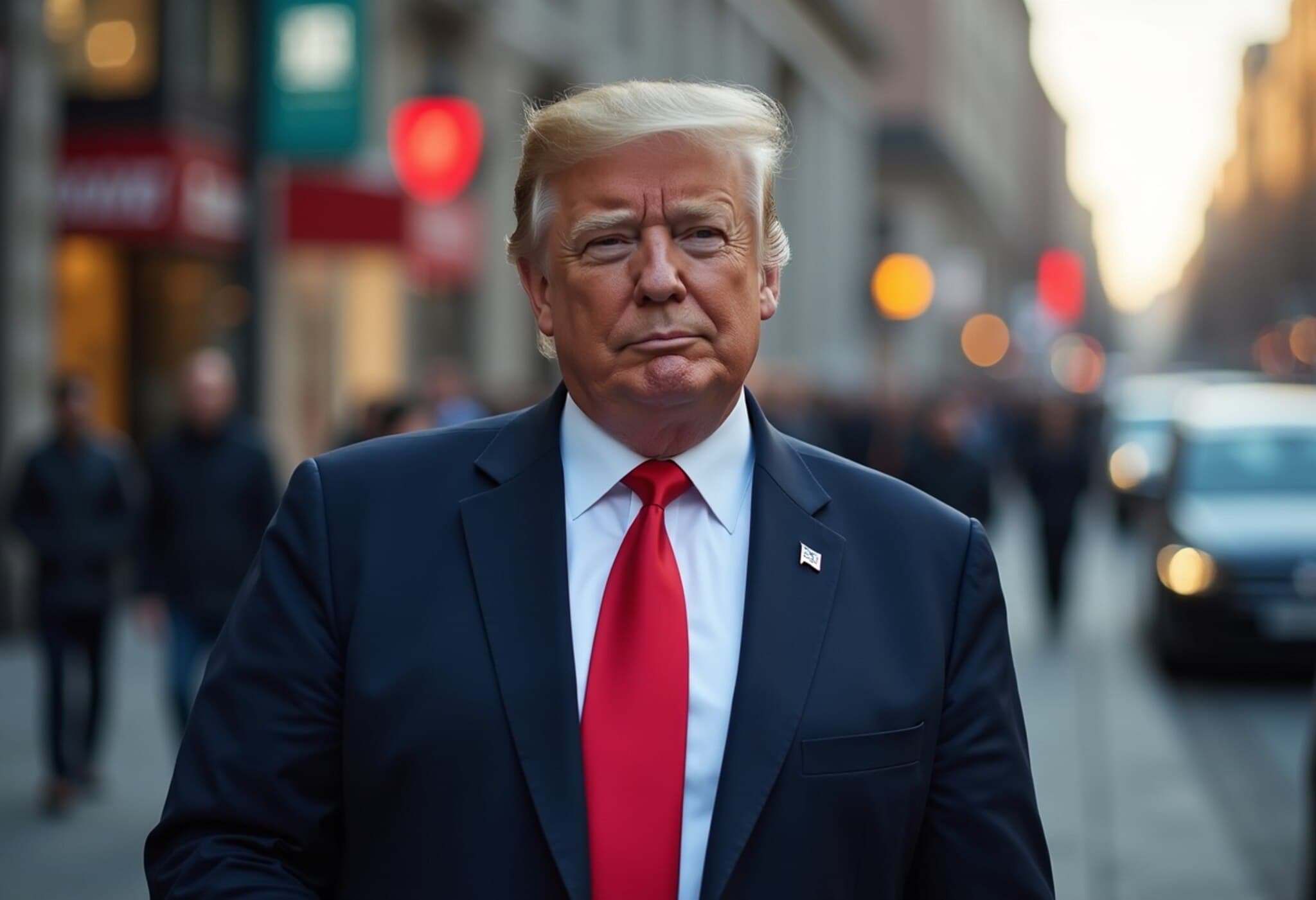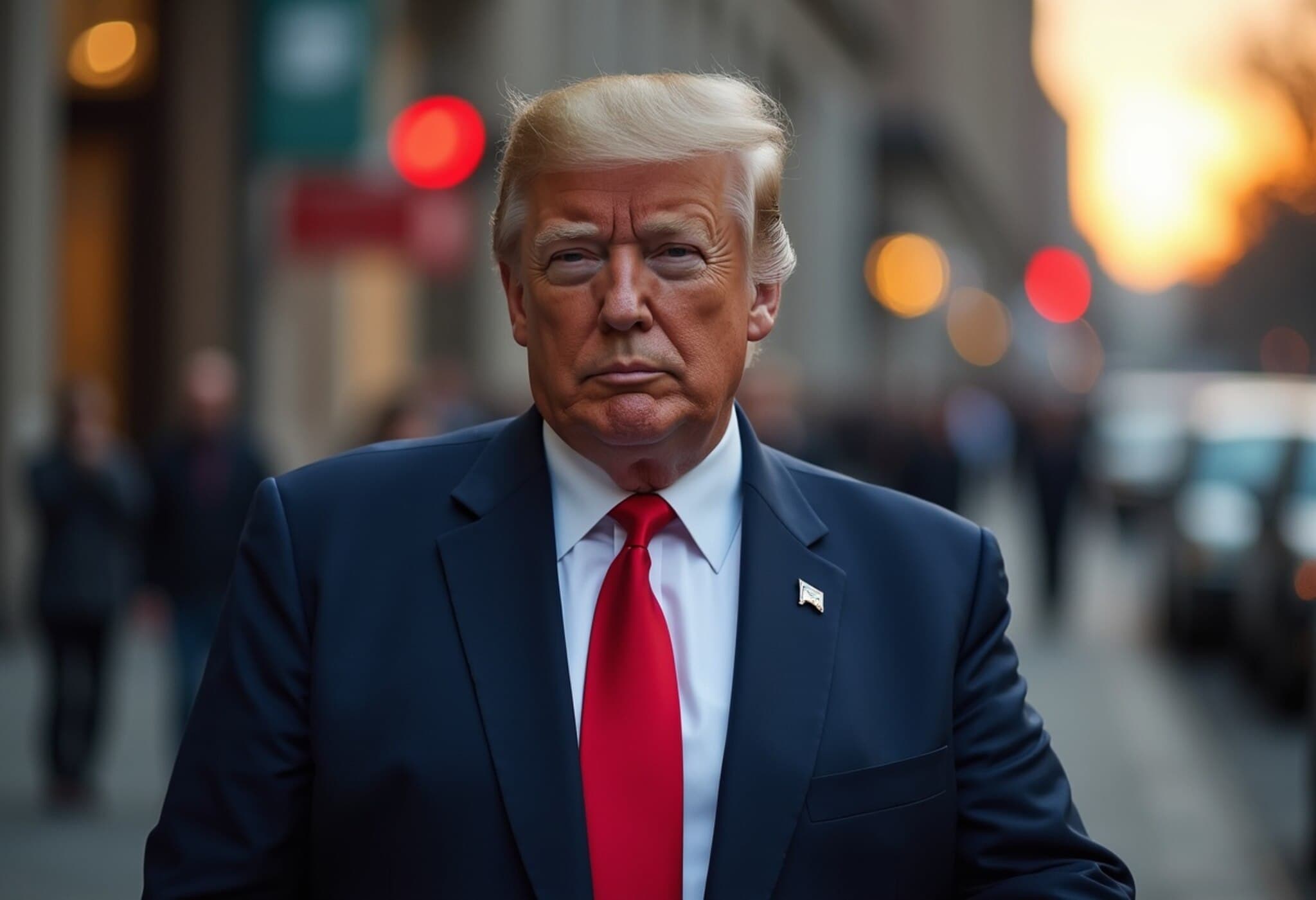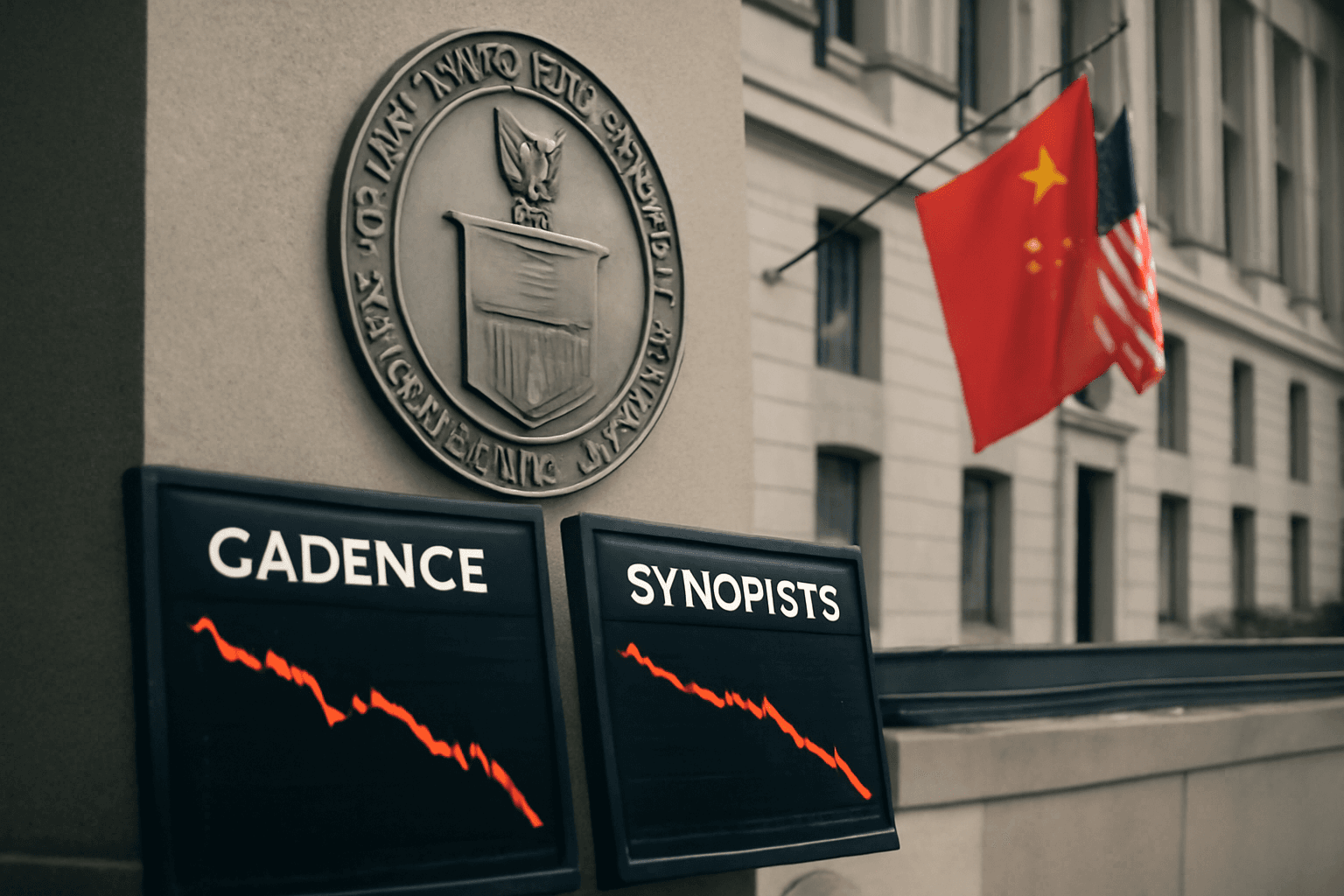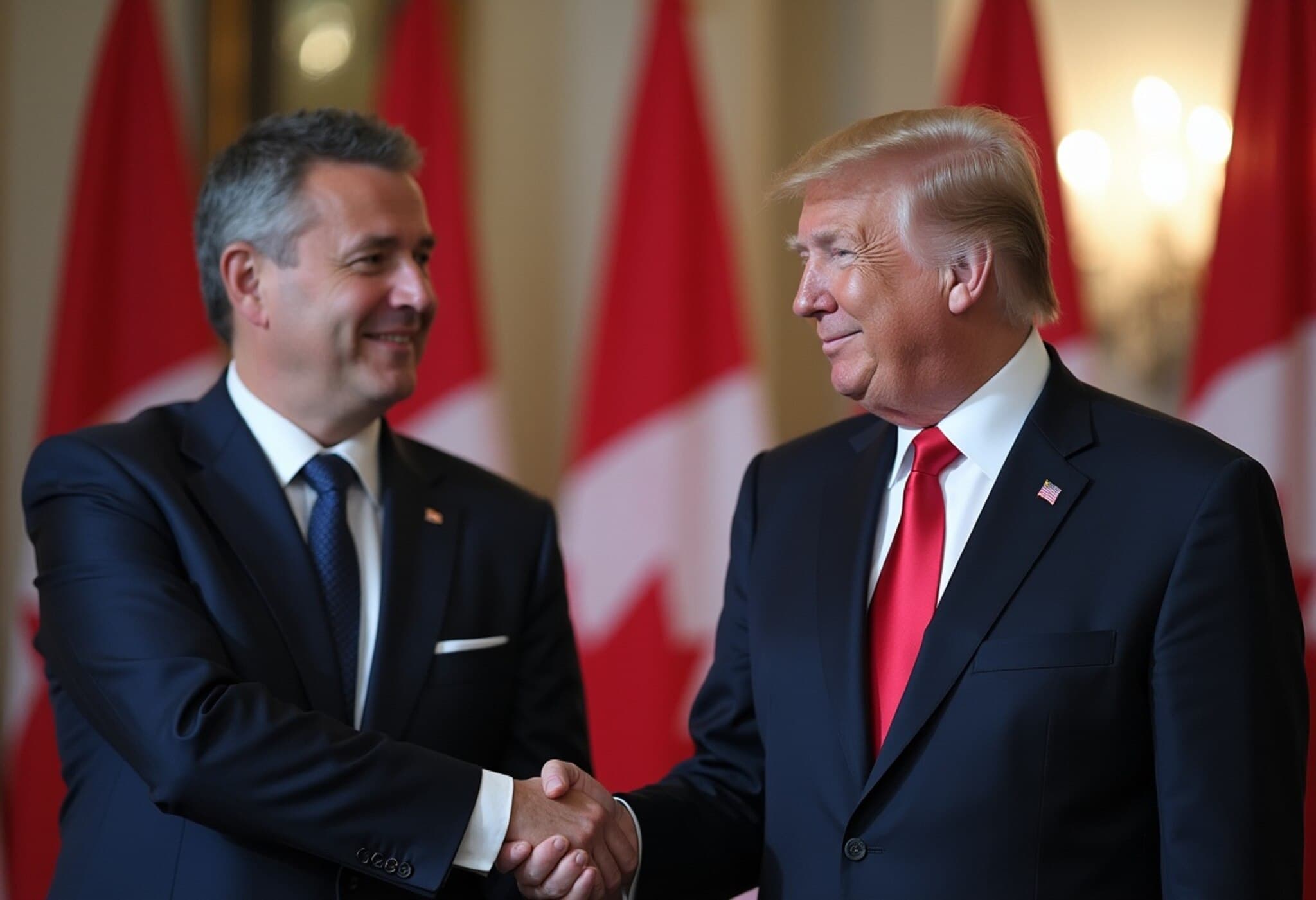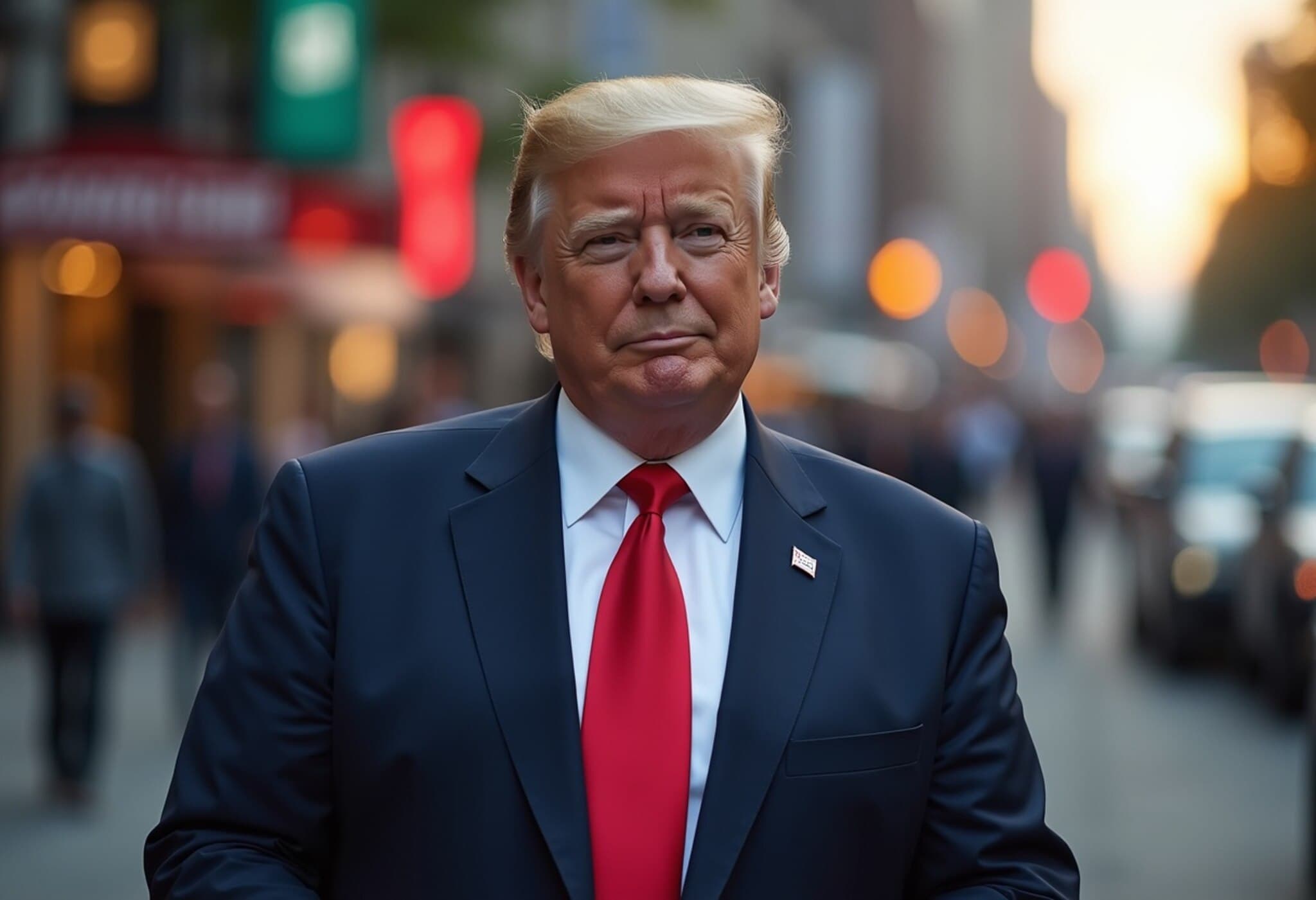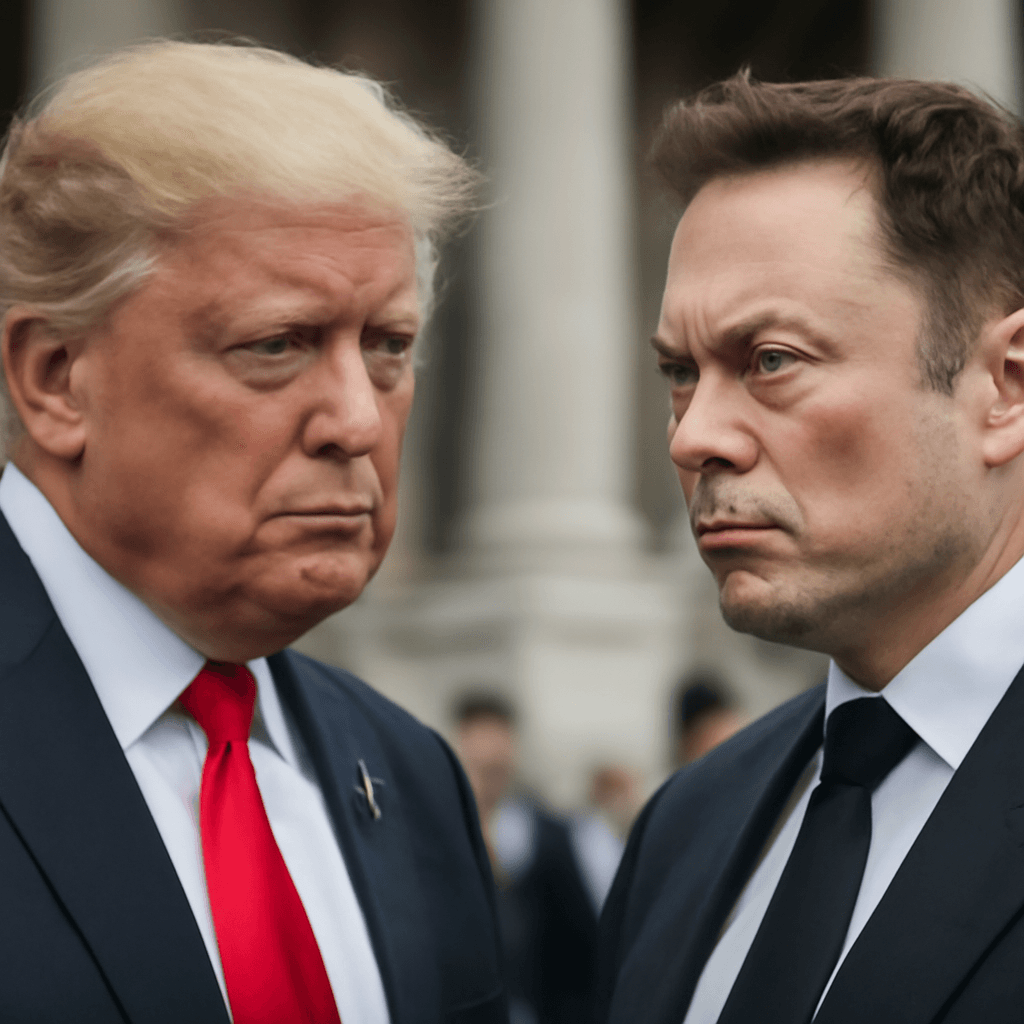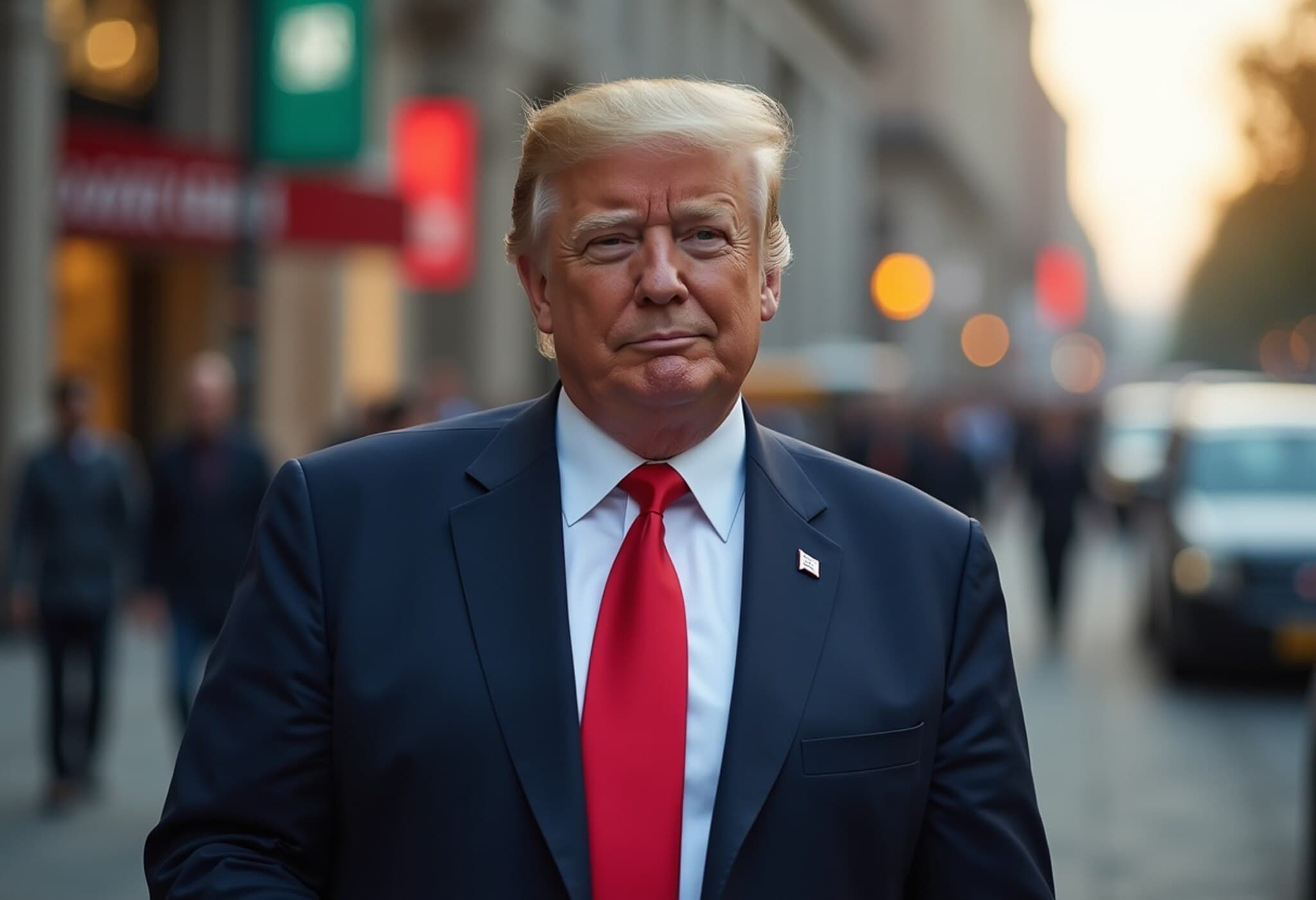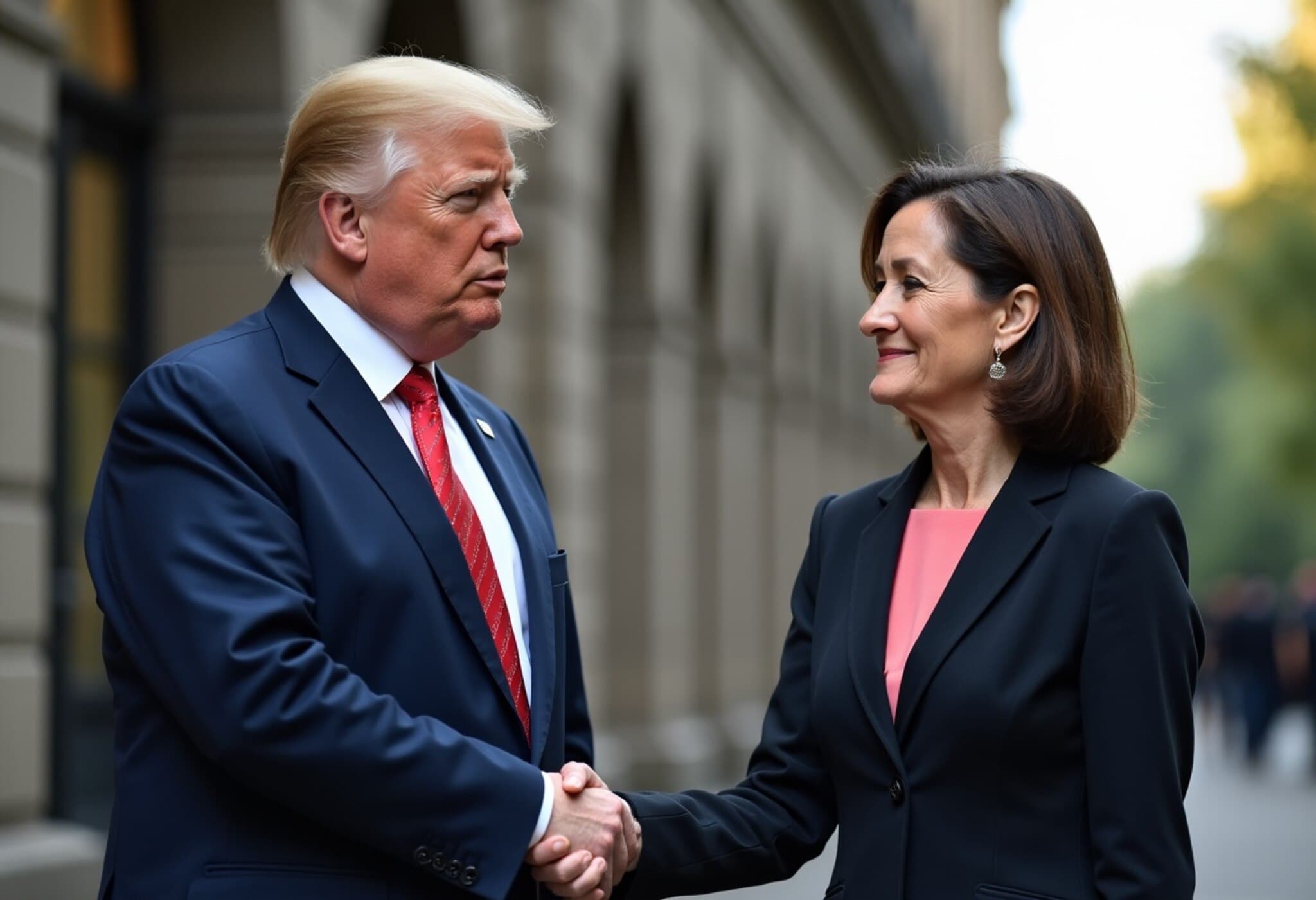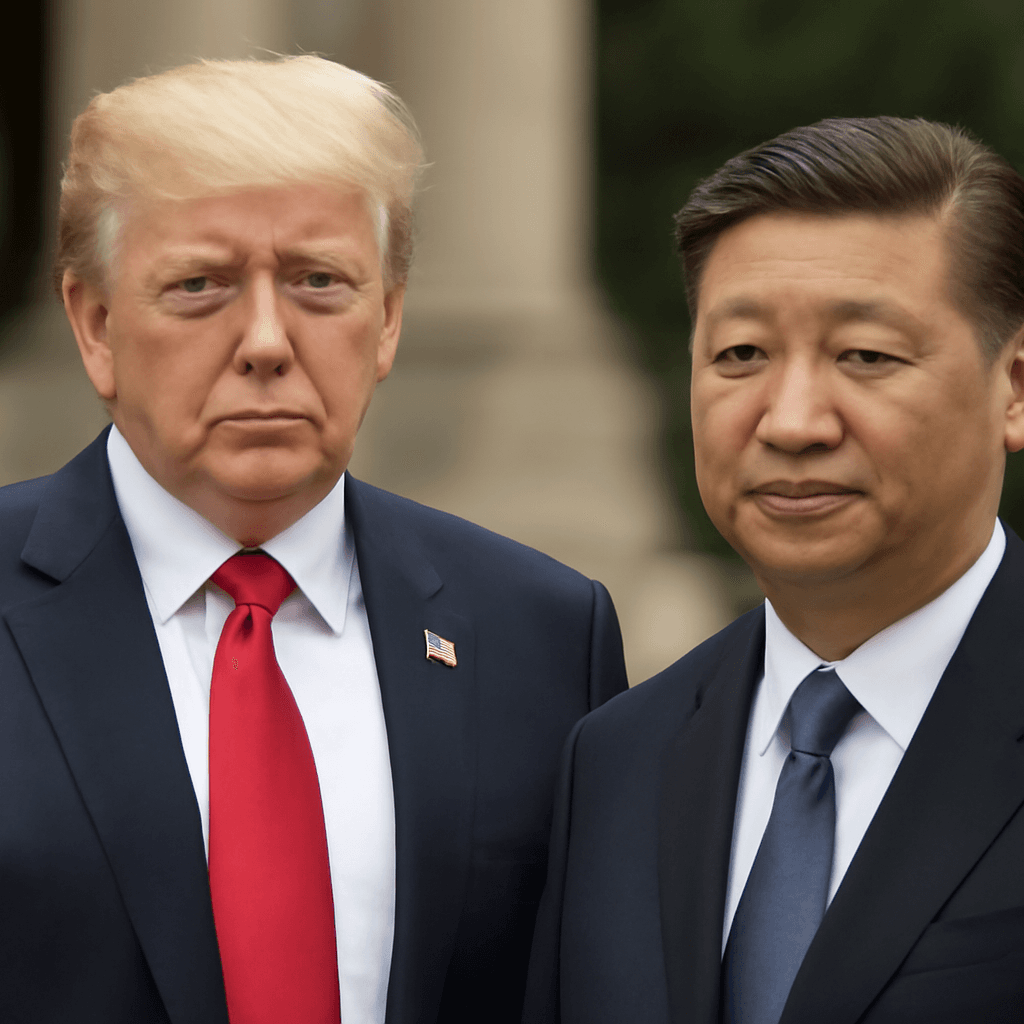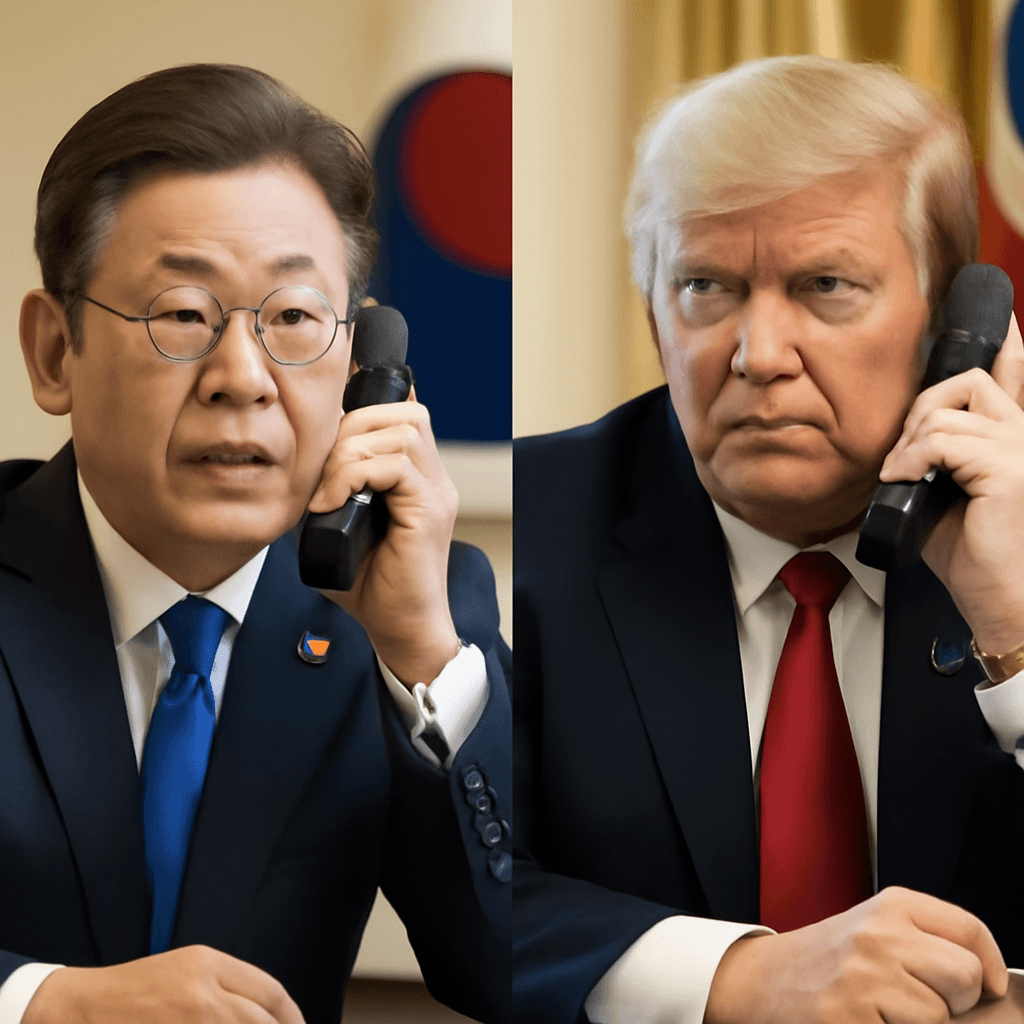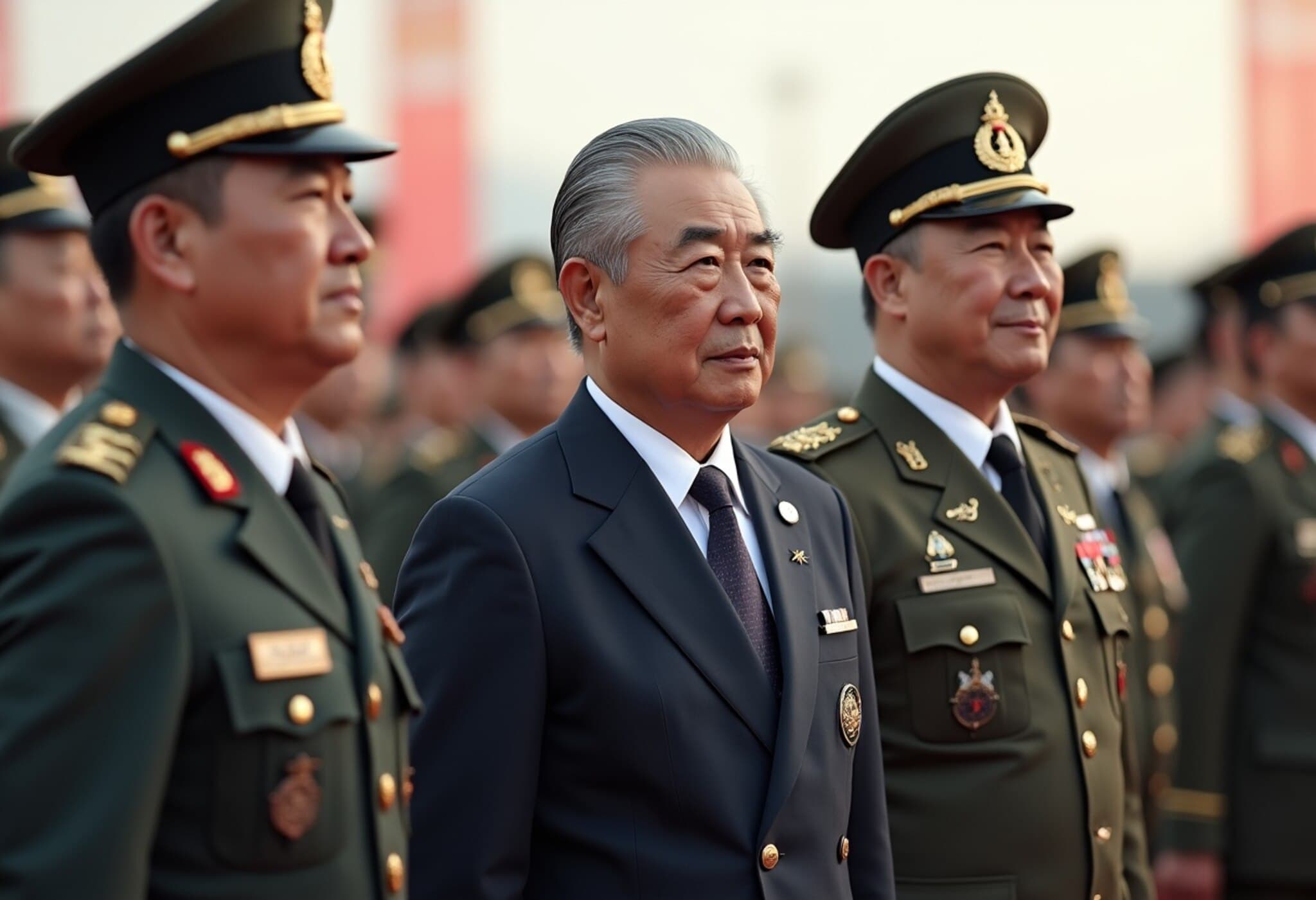Rising US-EU Tariff Tensions: What’s at Stake?
As President Donald Trump threatens to escalate tariffs on European imports to as high as 50%, economists and trade experts caution that this aggressive stance might backfire, causing more harm than good to the US economy. While aiming to correct perceived unfair trade practices and deficits, the looming tariff hike risks igniting a costly trade war between the US and its largest trading partner — the European Union.
The Current Landscape of US-EU Trade Relations
The transatlantic commercial relationship stands as the globe’s most significant, with bilateral trade exceeding €1.7 trillion (around $2 trillion) in 2024. This includes the US exporting substantial volumes of crude oil, pharmaceuticals, and aircraft to Europe, while importing luxury European cars, chemicals, wines, and medical devices.
While President Trump has zeroed in on the EU’s €198 billion ($233 billion) surplus in traded goods, this approach neglects the larger ecosystem, including US dominance in service sectors like cloud computing and legal consulting. These services significantly reduce the effective trade deficit to approximately €50 billion ($59 billion).
Why Escalating Tariffs Could Hit Americans Hard
- Higher consumer prices: Increasing tariffs often lead to higher retail costs, especially in categories with limited American-made alternatives, such as luxury cars and specialized medicines.
- Supply chain disruptions: Many US manufacturers depend on European parts and intermediate goods; tariffs could increase production costs and impede efficiency.
- Risk of EU retaliation: Europe’s promised counter-tariffs on US products — including beef, aircraft parts, and beer — threaten American exporters and could escalate into a damaging trade war.
Holger Schmieding, chief economist at Berenberg Bank, warns, “Such tariff escalation could squeeze US households just as inflation remains a sensitive political issue.” Indeed, the timing could not be more precarious, with the US economy in a vulnerable recovery phase.
Examining the Underlying Policy Frictions
The trade standoff is also about deeper regulatory and policy disputes. The US challenges EU food safety policies that ban products like chlorine-washed chicken and hormone-treated beef, and it critiques Europe’s value-added tax (VAT), which ranges between 17% and 27%. However, experts argue these VAT systems do not distort trade unfairly and are not typical negotiation points in trade agreements.
From the EU side, there’s clear resistance to compromising on consumer and environmental protections. As Schmieding notes, “The EU cannot rewrite its internal market rules just to satisfy US complaints that often stem from misunderstandings about European governance.”
Economic Forecasts Signal Greater US Vulnerability
Think tanks and economic analyses suggest that an escalating tariff war would disproportionately hurt the US more than the EU. A Bruegel review predicts a potential 0.7% drop in US GDP compared to a 0.3% contraction for the EU if tariffs climbed to 25%. This disparity highlights the US economy’s heavier dependence on certain imports and integrated supply chains.
Some multinational corporations, like luxury conglomerate LVMH, have explored shifting production to the US to circumvent tariffs but caution that such relocation is costly and hinged on diplomatic outcomes.
The Human Angle: What This Means for American Families and Workers
Beyond the numbers, it’s essential to recognize the tangible impact on everyday Americans. Higher prices on imported goods strain household budgets, while manufacturers face uncertainty that can stall hiring and investment. The promise of reviving domestic manufacturing might be appealing politically but would realistically take years and significant structural changes to materialize.
Looking Ahead: Can Diplomacy Prevent a Trade War?
With a critical July 9 deadline looming, both Washington and Brussels wrestle with balancing assertiveness and pragmatism. There is cautious optimism that a negotiated framework can prevent the worst outcomes. Many observers believe that US domestic economic concerns may ultimately encourage a scaling back of tariff threats.
As Schmieding reflects, “Any rollback of harsh tariffs may be framed as a victory, but the reality is that if elevated tariffs linger, American consumers will carry the heaviest burden.”
Editor’s Note
This tariff standoff between the US and EU presents a classic dilemma in trade policy: the tension between protecting domestic interests and maintaining open, efficient international markets. As the situation unfolds, it raises critical questions about the future of global trade governance, the role of fair competition, and how bilateral relationships can navigate complex regulatory environments without resorting to economically damaging confrontations.
For policymakers and the public alike, the key takeaway is clear: trade measures must be calibrated with an acute awareness of economic interdependence and the lived realities of consumers and businesses.

